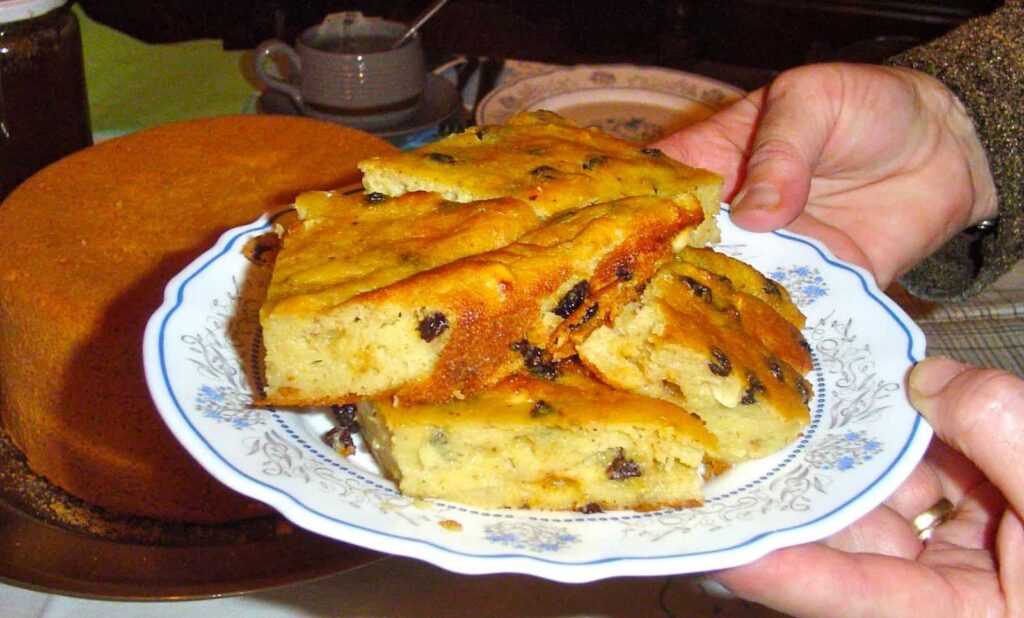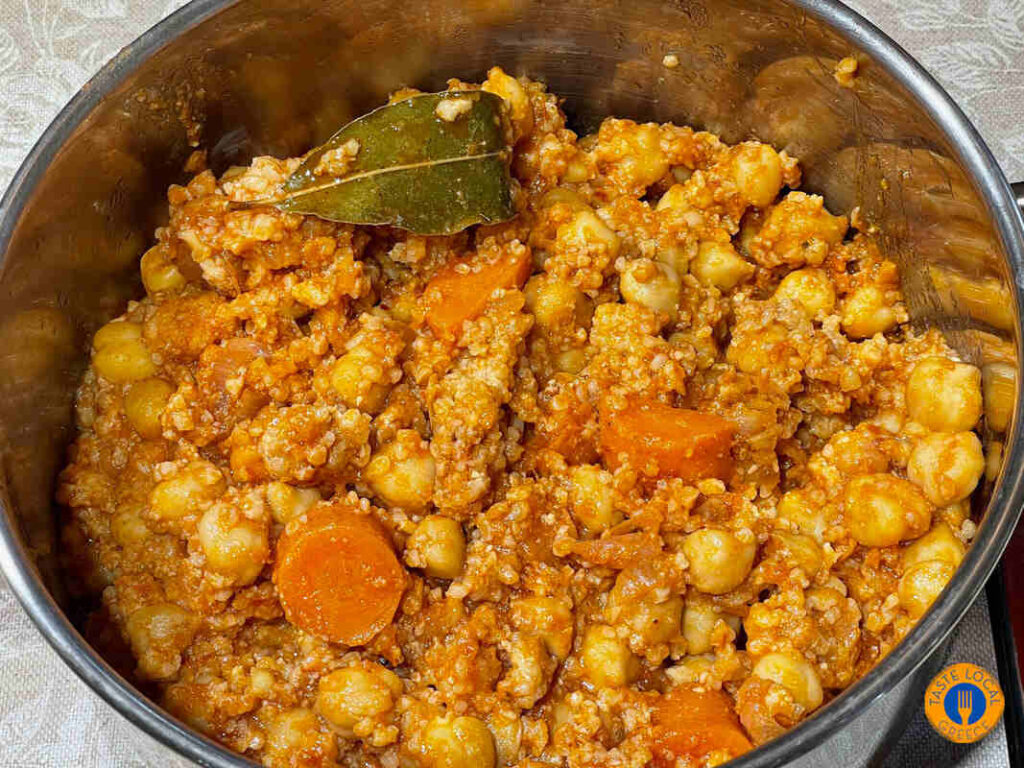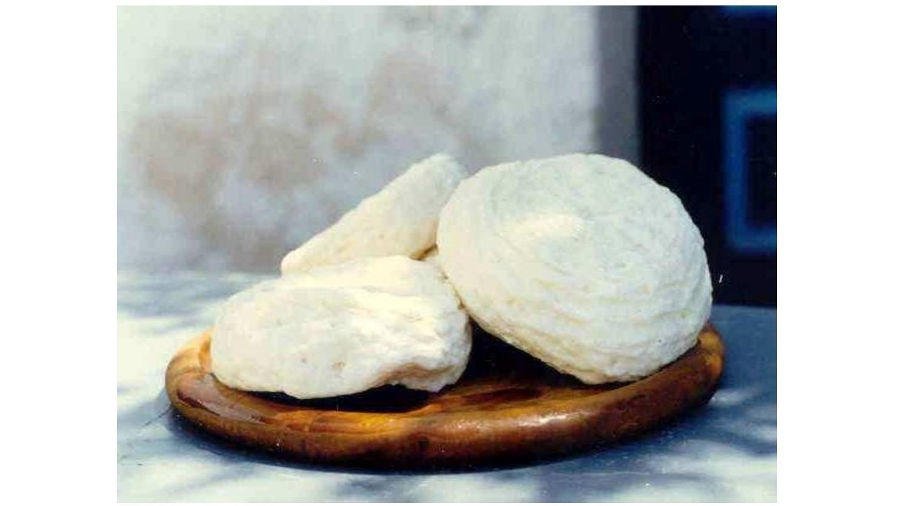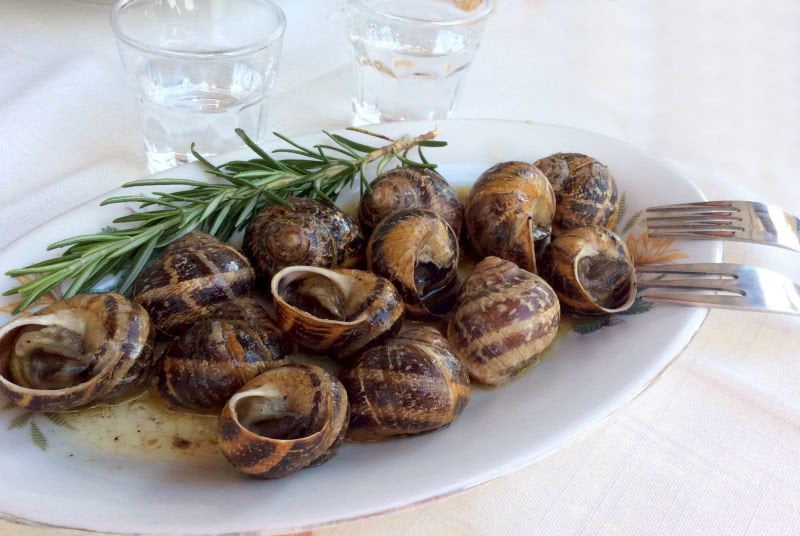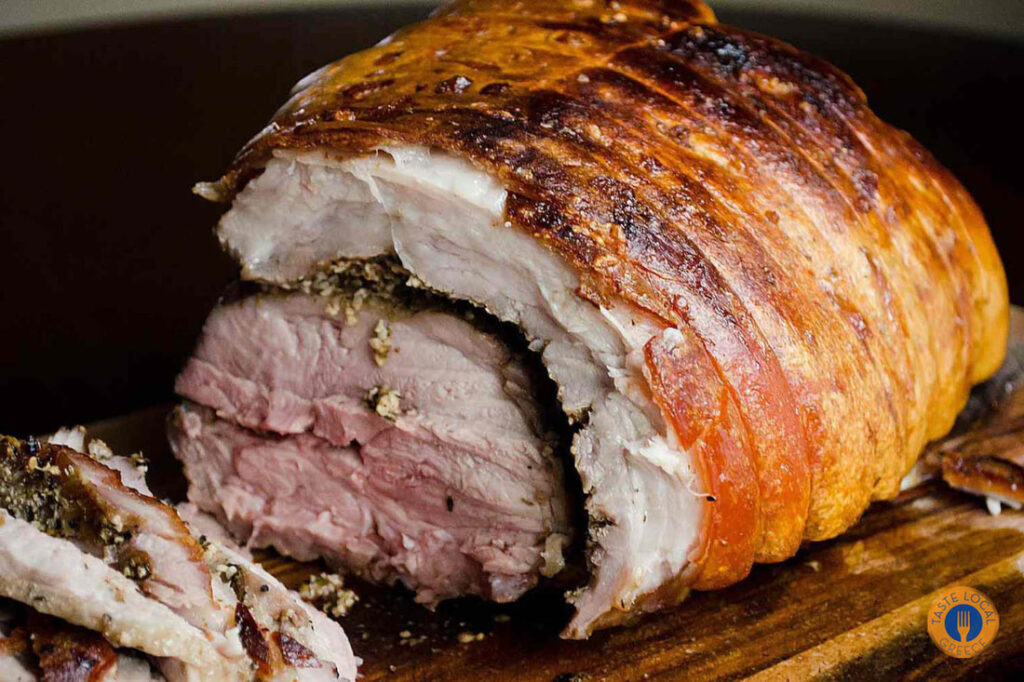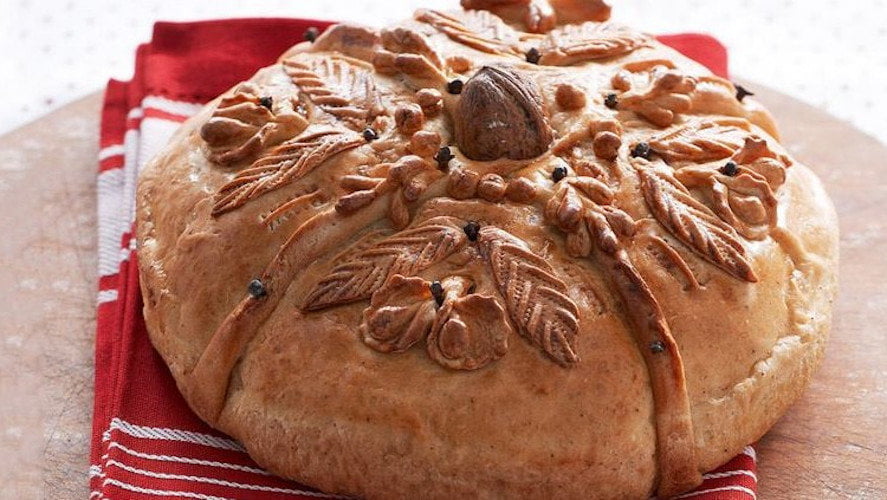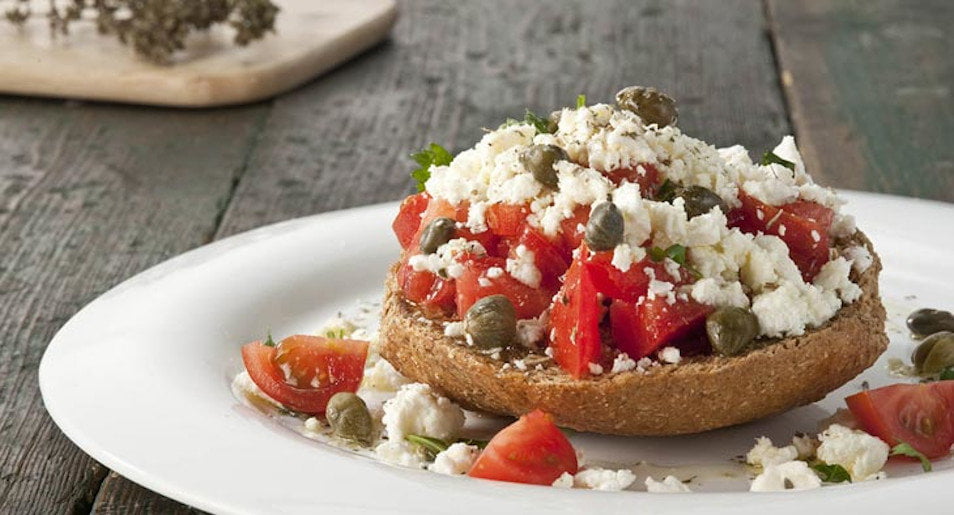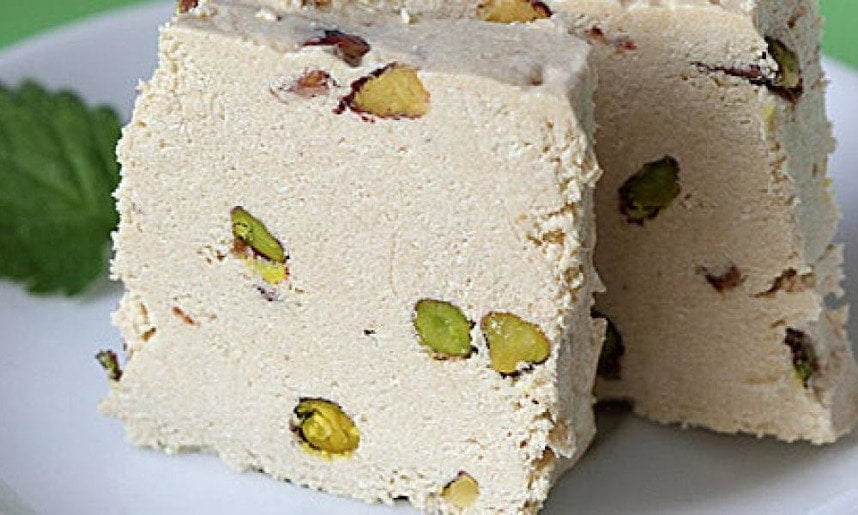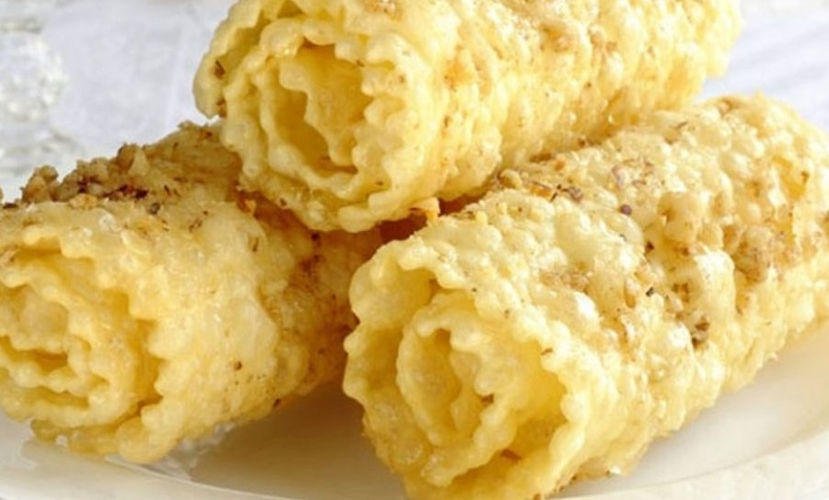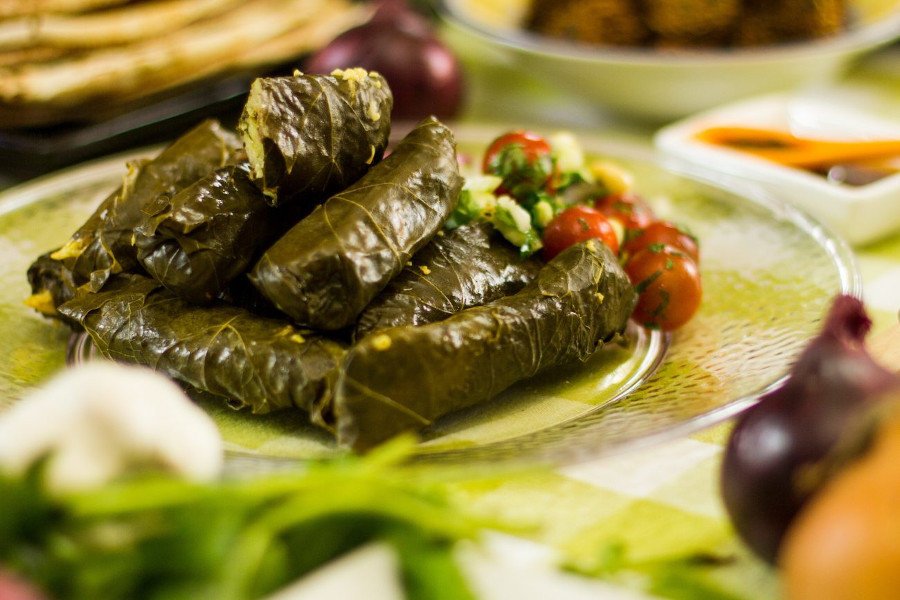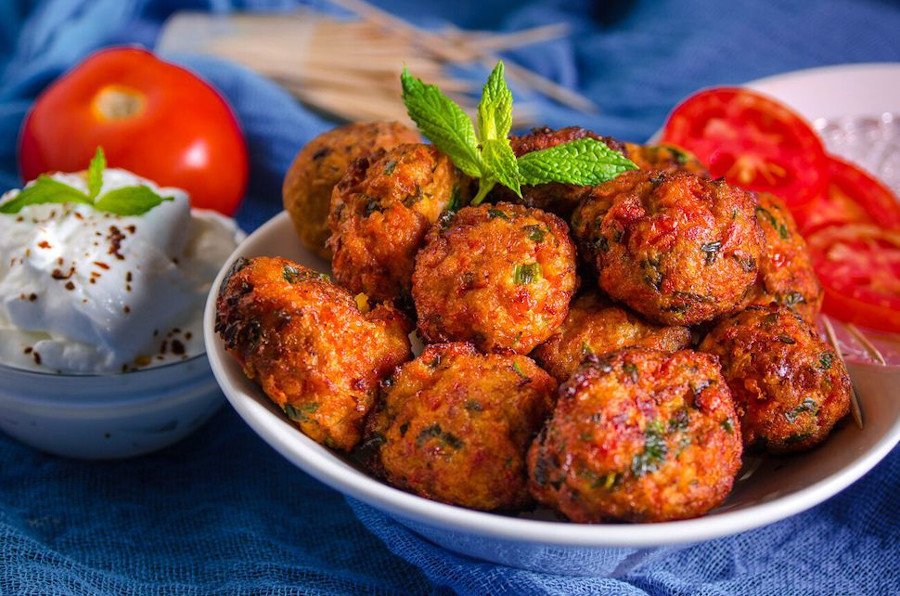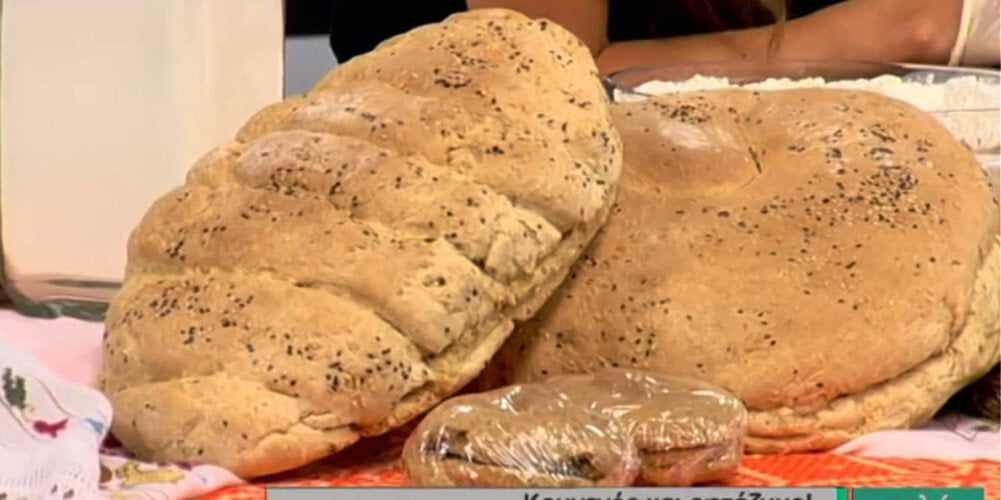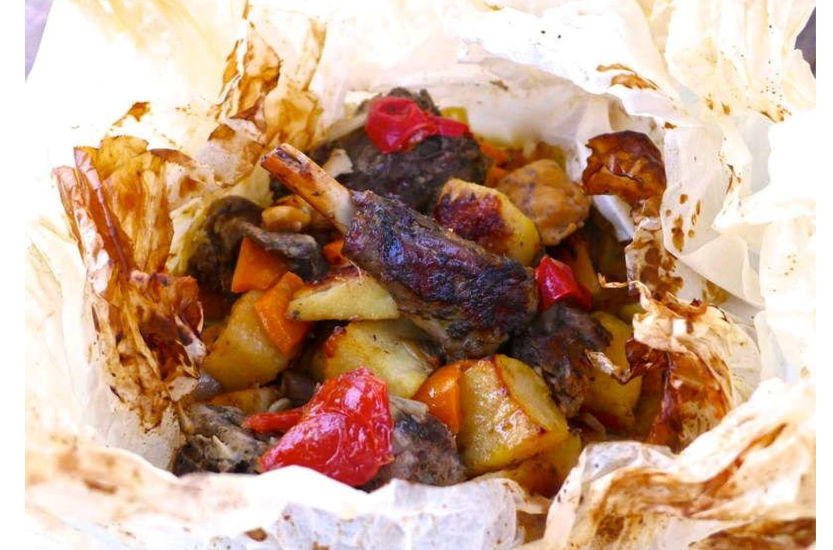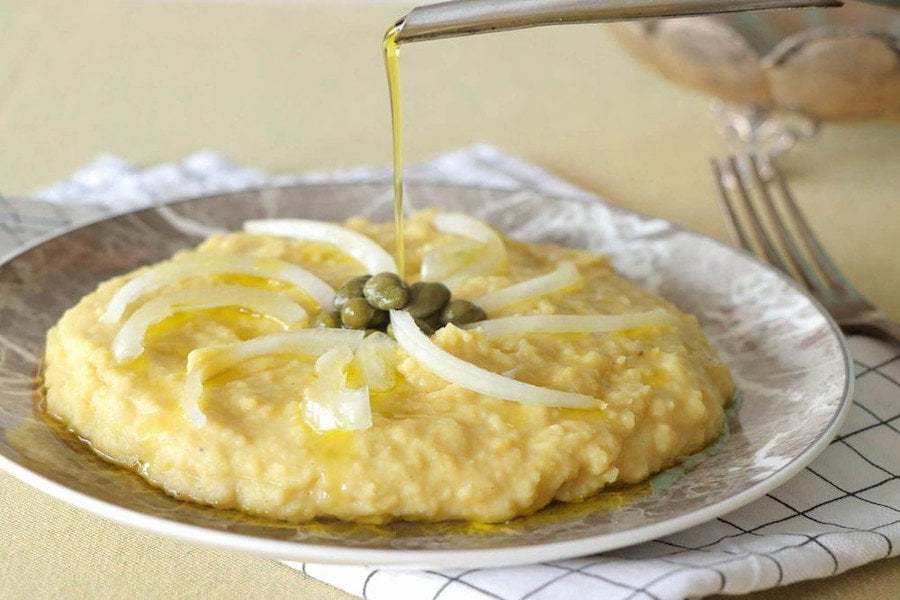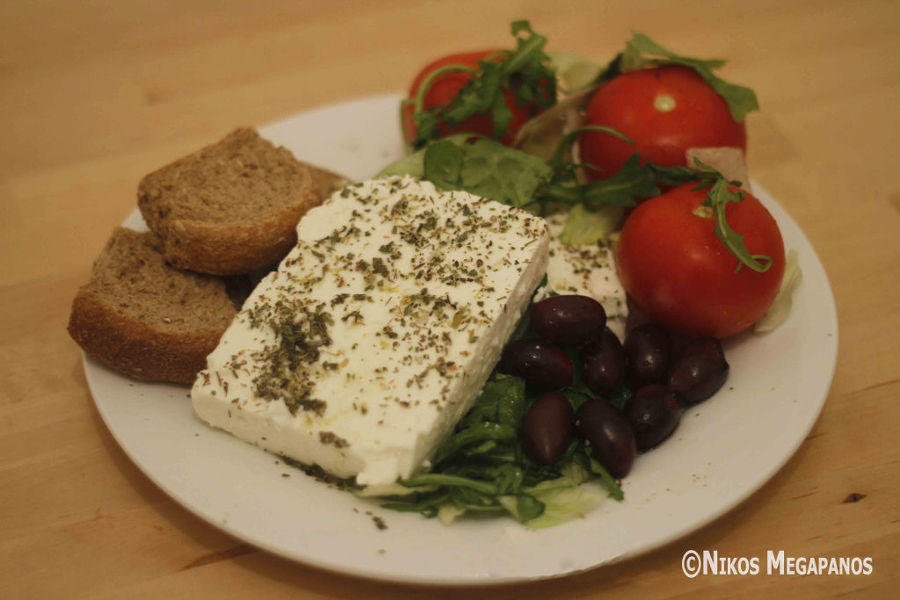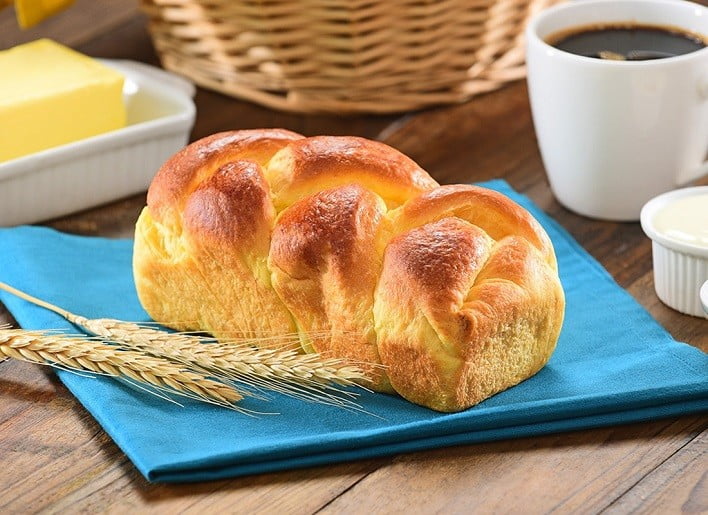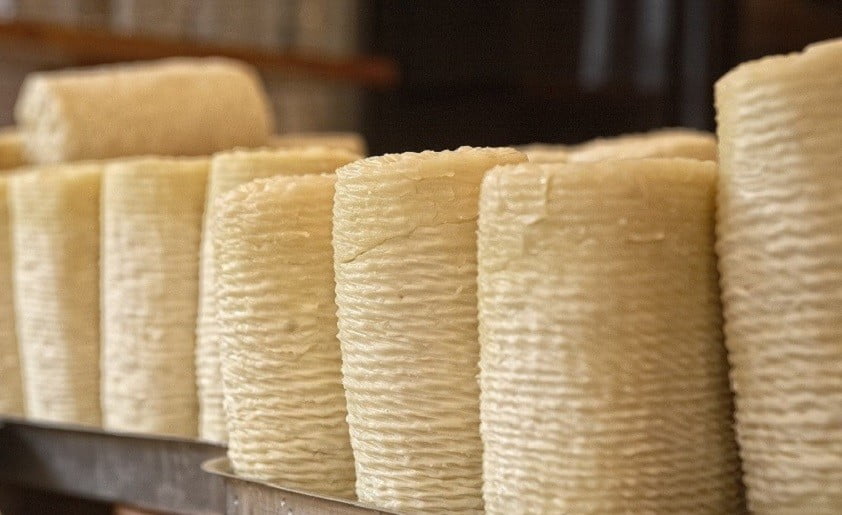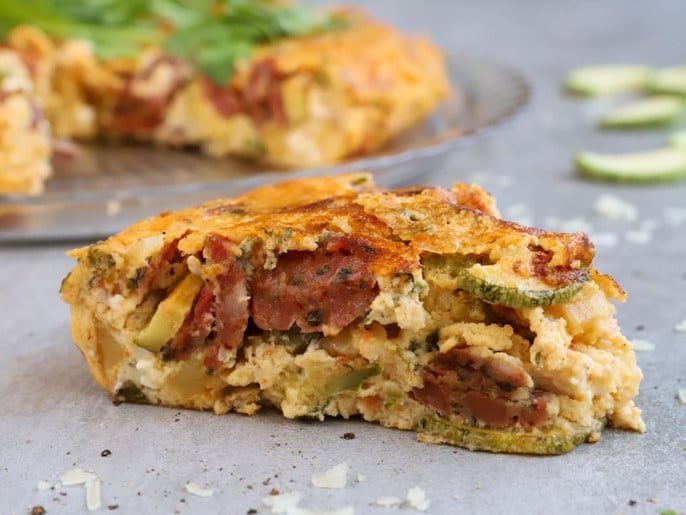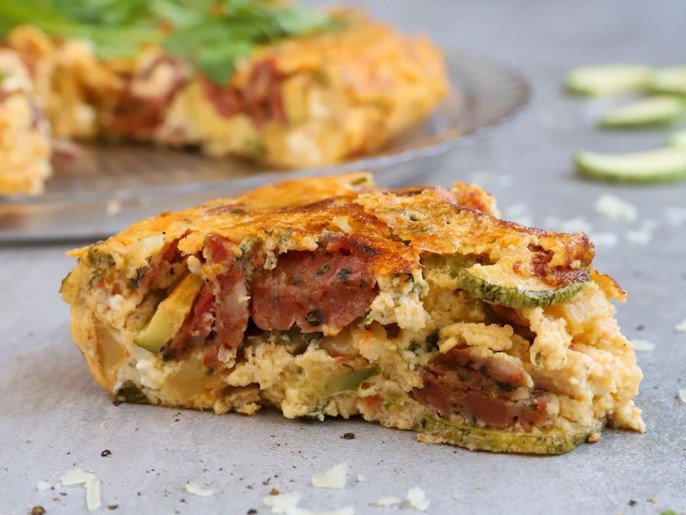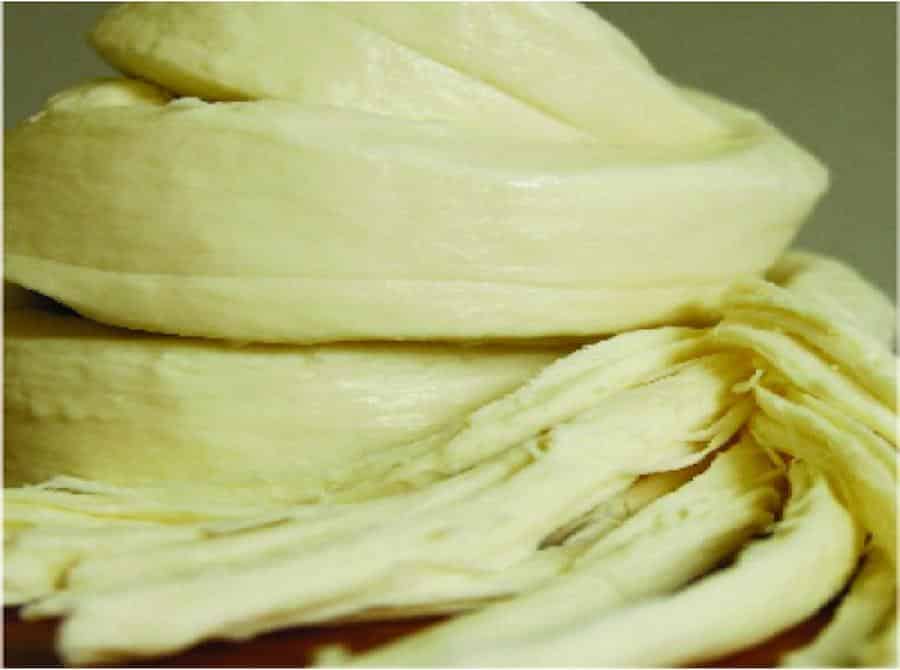This website uses cookies so that we can provide you with the best user experience possible. Cookie information is stored in your browser and performs functions such as recognising you when you return to our website and helping our team to understand which sections of the website you find most interesting and useful.
FAQ
Boureki
Boureki, a cherished Greek pastry, offers both sweet and savory delights. Individual bourekaki, filled with spinach, feta, or meat, are triangular and crispy. Larger versions, layered with potatoes and veggies, are cut…
Budino
Budino, a Kythiran sweet, blends milk, semolina, sugar, cinnamon, black currants, and almonds—a Carnival tradition in the island's capital. Its name and ingredients suggest English pudding influence, reflecting a probable English origin.
Burdeto
Burdeto, a traditional dish of Corfu in the Ionian Islands, traces its origins to Venice. This spicy delicacy features seabed fish like sea-scorpions, devilfish, or octopus, colored with tomatoes and red pepper.…
Chickpeas in Tomato Sauce with xinohondros and cumin
A recipe by Giorgos Grigoriadis
Chloro
Chloro: Santorini's fresh cheese, soft and creamy, made in winter and spring. Slightly salty, often spiced, a culinary gem in the Cyclades.
Chochli
Cretan cuisine features delicious snails (chochli) prepared as boubouristi or boiled, showcasing culinary variety. Harvested in summer and winter, they contribute to the positive nutrition of the Mediterranean diet.
Christmas Roast Pork with a Taste of Tradition
A delicious Christmas roast pork recipe with a blend of Messinian and Italian flavors, combining herbs, orange, honey, and a savory stuffing.
Christopsomo
Christopsomo, a Greek Christmas tradition, entails elaborately decorated loaves or coils of bread made a few days before the celebration. Rich in design, it differs from regular bread, symbolizing the festive spirit.
Copenhagen
Copenhagen, a sweet with Danish roots in urban Athens, features a base of almonds, filo crust, or biscuit pastry, drenched in syrup—a decadent delight requiring a cholesterol test!
Dakos
Dakos, also known as koukouvaya in Rethymnon or paximadi, is a traditional Cretan dish featuring barley rusks topped with tomatoes, feta, olive oil, and herbs. A simple, nutritious alternative to salad.
Dasogalo
Dasogalo, a divine Patmos delicacy.
Delicious Macedonian halvas or “Bakali halva”
Macedonian halva: Traditional Greek sweet, made with tahini and sweeteners, popular year-round. Available in various flavors and widely sold.
Diples
Diples, a Greek dessert, features thin dough strips fried and dipped in sugar or honey syrup. Shaped like bow ties or spirals, some use an iron mold for a distinctive form. Topped…
Dolmadakia
Dolmadakia: Stuffed vine leaves, a cherished treat from Istanbul, blending herbs, rice, and traditional ingredients. Versatile for Lenten or everyday meals.
Dolmades @ Lachanodolmades
Dolmades, Greek stuffed vine leaves, blend rice, herbs, and traditional ingredients. A flavorful treat for Lent or daily meals, served hot or cold, plain or with yogurt. Integral to Lenten traditions, dolmades…
Domatokeftedes
Domatokeftedes, Aegean delights, are tomato balls popular in Cyclades and Santorini. Made from local greens or tomatoes, a quick, tasty summer treat often paired with yogurt sauce and chilled beer.
Eftazimo
Eftazimo, a unique Cretan bread, rises without yeast or baking powder, using chickpea microorganisms. Renowned for its exceptional flavor, it's a holiday and social event staple.
Ekmek kataifi
Greek pan-baked sweets, siropiasta, hail from Asia Minor, featuring thin pastry, nuts, and a sugar-lemon syrup. Ekmek kataifi, a decadent treat, blends crispy kataifi dough with lemon-scented syrup, custard, whipped cream, cinnamon,…
Ergolavos
Ergolavos: Greek amygdalota, a meringue confection with almond flavor. Crunchy outside, soft inside—classic and light, akin to the macaroon.
Exochiko
Exochiko, also known as kleftiko, is a Greek dish with lamb wrapped in oiled paper, seasoned, and slow-cooked. Originating from the era of Turkish rule, it reflects a method used by Greek…
Fava
Fava bean puree, made from Lathyrus clymenum seeds, known as Spanish vetchling, is a delectable Lenten dish in Greece. Served as an appetizer or cold salad, it pairs perfectly with vegetables, Florina…
Feta
Feta, Greece's iconic cheese, comprises 70% of Greek cheese consumption. Protected by EU law, true feta hails from specific regions, blended from goat and sheep milk.
Filo
Filo (phyllo), a thin unleavened dough, stars in pastries like baklava and pies like tiropita. Layered and baked, it demands skill, patience, and precision, crafted with flour, water, oil or vinegar, and…
Finikia
Finikia, a Greek cookie, features honey, orange juice, almonds, and cereal grains. Baked and soaked in hot sugar-cinnamon syrup, a festive treat from Asia Minor, popular in Thessaloniki and Chalkidiki during holidays…
Flomaria
Flomaria, Lemnos' hilopites, a local pasta made with flour, eggs, and sheep's milk. Traditionally a communal celebration, it's used in various dishes, including rooster and partridge in tomato sauce, olive oil-flomaria with…
Florina peppers
Florina peppers, cultivated in Macedonia, are sweet, plump, and 15-20 cm long. Introduced in the 16th century, they've thrived in Florina since 1950, becoming a regional delicacy, turning red after August 15.…
Fogatsa
Corfu's Easter delight, fogatsa, echoes Venetian influence. Round-shaped, kumquat liqueur-infused, this tsoureki is an essential on festive tables.
Formaela
Formaela, a delectable pale-yellow cheese with PDO, hails from Arachova, Boeotia. Made from goat's and sheep's milk, it's best grilled or fried, pairing perfectly with red wine, tsipouro, ouzo, and salads.
Fourtalia
Taste fourtalia, a popular omelette on Andros and Tinos, features potatoes, fat (glina), and fresh mint. Variations include local sausage, broad beans, artichokes, onions, and marrow. Enjoyed year-round, it's a savory delight,…
Frangosikomelo
Frangosikomelo, a natural sweetener from dried prickly pears with apple geranium, is a versatile, antioxidant-rich delight. Ideal for cooking, baking, sauces, ice cream, and more. Enjoy as a digestive or mixed with…
Froutalia
Froutalia, a traditional omelette on Andros and Tinos, showcases potatoes, fat (glina), and fresh mint. Seasonal variations include local sausage, broad beans, artichokes, onions, and marrow. Enjoy year-round, a savory delight, also…
Gais
Pontian Gai, a salt-free cheese from cow's milk, has a braided belt shape. Soft and filamentous, it offers a mild, unsalted taste. Varieties include mint, boukovo, krokos, raisins, flaxseed, walnuts, enhancing flavors…

We love travelling
GASTRONOMY IS AN EXPERIENCE. BE SURE TO BOOK YOUR GASTRONOMIC TOUR WITH US TODAY.


